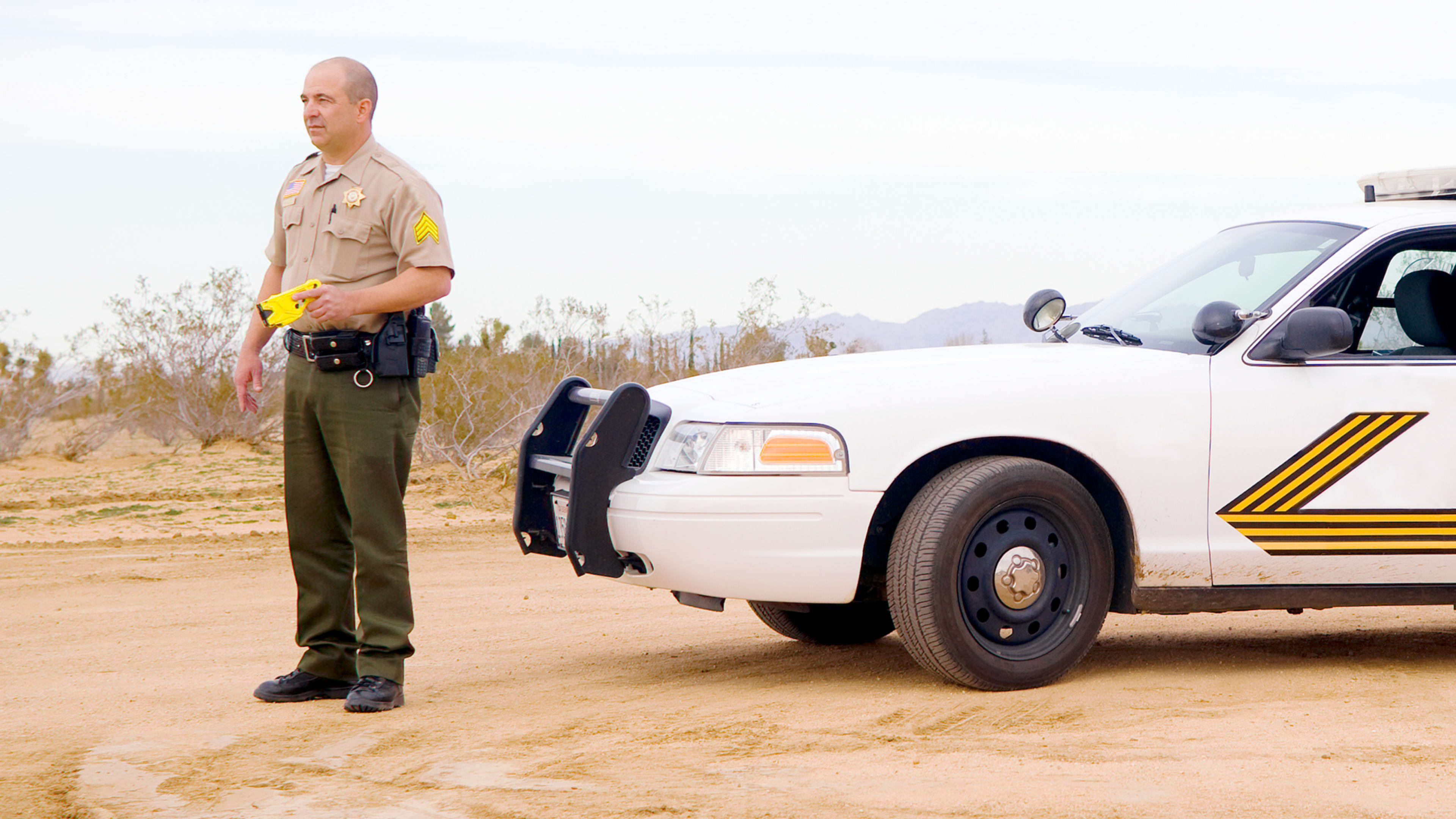Studies say Tasers can save lives when used correctly, and Axon, the company behind them, says they are the “safest force option” for police. But an extensive new investigation by Reuters found 1,005 deaths following police use of the weapon, and 153 deaths directly related to their use, mostly since the early 2000s, which is far more than the 24 deaths offered by Axon.
Using court records, police reports, news stories, and reports by other organizations between 1983 and 2017, Reuters also illustrated how post-Taser fatalities are distributed across the U.S. in an interactive map (see a larger version here):
- Nine in 10 of those who died were unarmed and one in four suffered from mental illness or neurological disorders.
- In nine of every 10 incidents reviewed, the deceased was unarmed.
- More than 100 of the fatal encounters began with a 911 call for help during a medical emergency.
- In 193 wrongful death cases, cities and their insurers paid a total of $172 million, but due to confidentiality, the actual value of awards in legal settlements is certainly more than $172 million.
The probability of dying from a Taser in a police encounter may be impossible to calculate, say researchers, given a lack of official data surrounding their use, the fact that deaths often have more than one cause, and other complexities. For instance, there isn’t much science on the effects of tasers on people suffering from mental illness, who are under the influence, or who may be pregnant.
I wrote about the Reuters findings here, and in a recent magazine piece looked at how Axon, which enjoys a near monopoly in electrical weapons, has sought to rebrand (it changed its name from Taser in April) as it seeks to also dominate the fast-growing body camera business. That industry is bringing a (complicated) new kind of transparency to encounters involving Tasers and other weapons.
Recognize your brand’s excellence by applying to this year’s Brands That Matter Awards before the early-rate deadline, May 3.
